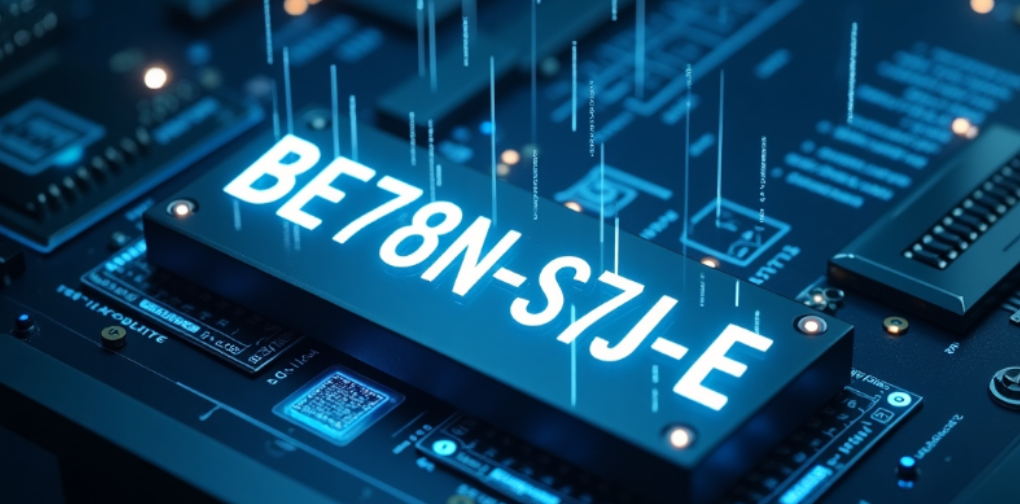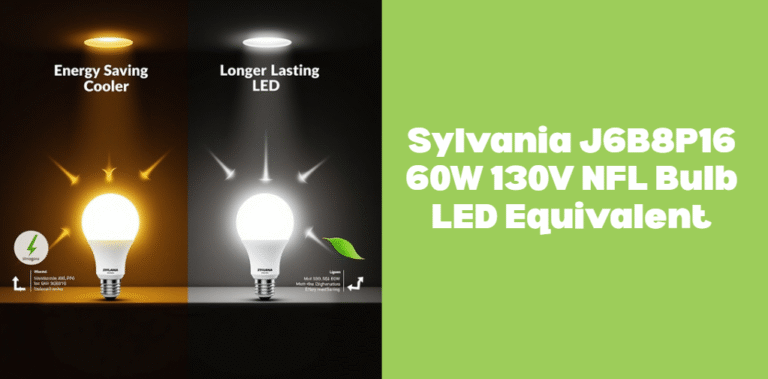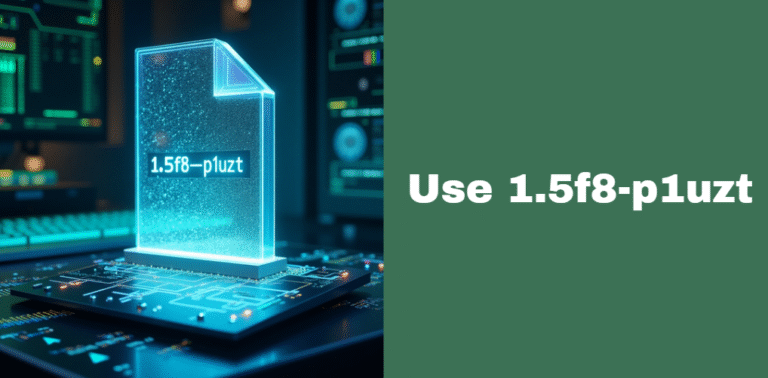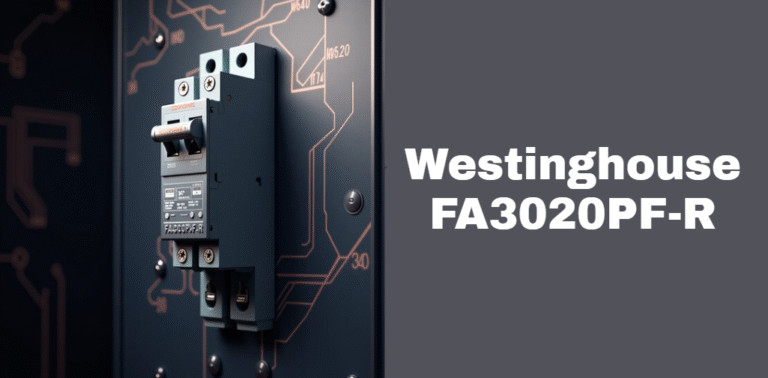BE78N-S7J-E: The Complete Guide to Its Structure, Uses & Industry Applications
In today’s digital and industrial environments, accurate identification and tracking of assets, components, and data units are crucial. This is where be78n-s7j-e comes in—a unique alphanumeric identifier used to streamline and optimize these operations.
It is more than just a code; it acts as a compact data system that helps industries manage inventory, ensure quality control, enhance traceability, and maintain security. Understanding be78n-s7j-e can empower businesses to adopt more precise and efficient data systems that scale with growth and complexity.
Decoding the Structure of BE78N-S7J-E
The structure of be78n-s7j-e is not random—it is intelligently divided into three meaningful segments, each contributing unique information.
Breakdown of Code:
| Segment | Meaning |
|---|---|
| BE78N | Represents the product family, batch series, or version |
| S7J | Encodes performance traits or system compatibility |
| E | Indicates environmental classification or version type |
This structured format allows easy parsing by machines and humans alike. For instance, a logistics manager can quickly understand which generation or category a part belongs to by reviewing the BE78N segment, while software systems can detect compatibility or lifecycle stage using S7J and E.
Evolution and Historical Context
The development of the be78n-s7j-e code stemmed from the increasing need for structured identifiers that go beyond traditional barcodes. While older systems relied on numeric codes, they lacked the data density and modularity needed in modern, data-driven environments.
Over time, as industries moved toward automation and AI-assisted operations, the be78n-s7j-e format emerged as a standard across manufacturing, technology, and logistics sectors.
Initially, codes like BE78N were used in military and aerospace industries, where extreme precision was required. But with increasing demand for traceability in consumer goods, healthcare, and digital platforms, the adoption of this code expanded dramatically.
Technical Specifications
Understanding the technical makeup of be78n-s7j-e is key for integration in complex systems. This code is not merely textual; it’s designed for data density and durability.
Technical Details Table:
| Feature | Specification |
|---|---|
| Code Format | Alphanumeric (uppercase letters and digits) |
| Total Characters | 10 (typically) |
| Data Encoding | Supports multi-field data encoding |
| Reading Method | OCR, digital scanners, database lookup |
| Error Tolerance | High—designed for redundant data checks |
| Environmental Resilience | Can be printed or tagged on resistant materials |
Such specifications ensure be78n-s7j-e can be used in harsh environments—think shipping containers, pharmaceutical vials, or electronic circuit boards—without degradation or loss of readability.
Core Features and Advantages
What makes be78n-s7j-e stand out among other identifiers is its multi-functionality. It merges the best aspects of traditional labels with modern data practices.
Key Features Include:
- Cross-platform compatibility – Can be implemented in both hardware tracking systems and cloud-based platforms.
- Tamper-evident design – Optional encrypted encoding ensures integrity.
- Scalability – Whether it’s 100 products or 100,000, the code adapts easily.
- Compact yet rich – A short string encodes a surprising amount of information.
Industry Applications
The be78n-s7j-e code is used across several sectors. Its adaptability makes it a popular choice for operational systems that demand precision.
Common Use Cases:
| Industry | Application Examples |
|---|---|
| Manufacturing | Tracking component batches, machine calibration |
| Healthcare | Patient device tagging, medication batch tracking |
| Logistics | Shipment labeling, delivery route optimization |
| Technology | Software licensing, hardware ID registration |
| Retail | Inventory auditing, pricing systems integration |
In healthcare, for example, tagging a surgical instrument with be78n-s7j-e allows for sterilization tracking and patient assignment. In tech companies, software versions can be linked with hardware products using the same code format.
Implementation Strategies
Introducing be78n-s7j-e into your workflow requires planning but is relatively straightforward with the right approach. The goal is to minimize disruption while maximizing data clarity.
Steps to Implement:
- Evaluate existing systems – Make sure they support alphanumeric identifiers.
- Assign code segments logically – Use BE78N for category or product family, S7J for performance tiers, and E for revisions.
- Deploy in phases – Start with one department or product line.
- Train teams – Ensure employees know how to read, interpret, and use the code.
Proper implementation ensures seamless integration and avoids data duplication or system conflicts.
Challenges and Solutions
Like any system, be78n-s7j-e is not without its challenges. However, most issues are easily manageable with best practices.
Common Challenges:
- Legacy system incompatibility
- Human error in code assignment
- Miscommunication across departments
Solutions:
- Use middleware tools to bridge older systems
- Employ validation checks during code generation
- Centralize code management to maintain consistency
By addressing these hurdles early, businesses can fully leverage the power of be78n-s7j-e.
Cost-Benefit Analysis
Initial costs for rolling out a be78n-s7j-e system may include software upgrades, labeling equipment, and training. However, the long-term savings far outweigh these.
Cost-Benefit Table:
| Aspect | Cost | Benefit |
|---|---|---|
| Initial Setup | Moderate (software and hardware upgrades) | Better traceability and data integrity |
| Training | Low to moderate | Increased staff efficiency |
| Ongoing Maintenance | Low | Reduced errors, better audits |
| ROI Timeline | 6–12 months | Significant productivity improvement |
Security and Compliance
Be78n-s7j-e codes can also help organizations meet stringent regulatory requirements. With encrypted formats and audit trail capabilities, these codes support compliance with standards like:
- ISO 9001 (Quality Management)
- FDA regulations (medical device tracking)
- GDPR (data protection and transparency)
They also provide secure authentication features, ensuring the integrity and origin of products in sensitive environments.
Comparative Analysis
Let’s compare be78n-s7j-e to other identification systems:
| Feature | Traditional Barcode | RFID | BE78N-S7J-E |
|---|---|---|---|
| Data Capacity | Low | Medium | High |
| Cost | Very Low | High | Medium |
| Environment Ready | Limited | Excellent | Excellent |
| Tamper Resistance | Low | High | High |
| Integration Ease | High | Medium | High |
be78n-s7j-e provides a balance of cost-efficiency, flexibility, and data richness.
Future Outlook
With AI, IoT, and blockchain becoming more prevalent, be78n-s7j-e is expected to evolve. Integration with real-time analytics and smart contracts will enhance its utility. Companies may soon automate actions—like recalls or shipments—based on the data embedded in these codes.
Best Practices
To get the most from be78n-s7j-e, businesses should follow these practices:
- Use a centralized code generator or software.
- Maintain a code registry for audits.
- Periodically update training and documentation.
This prevents mislabeling and promotes system-wide coherence.
Conclusion
In summary, be78n-s7j-e is a versatile, compact, and powerful code format designed for modern industry needs. From manufacturing floors to hospital wings and digital platforms, it empowers users to manage assets and data with high precision.
As technology continues to advance, the role of such identifiers will only grow more central in enabling smarter, safer, and more efficient operations.
Recommended Articles
Dariaeteri VK: The Heart of Creative and Philosophical Expression on VKontakte
Morjier255: The Ultimate Guide to Ecological Monitoring & Productivity Management
19721 Liberty One Dollar Coin Value – Complete Guide to History, Grading & Worth
Wizards Black Jerseys Mahmood NBA 2K – Design, Culture & Gaming Impact Explained






